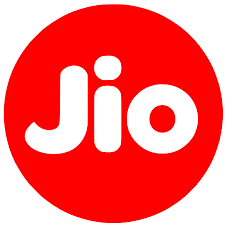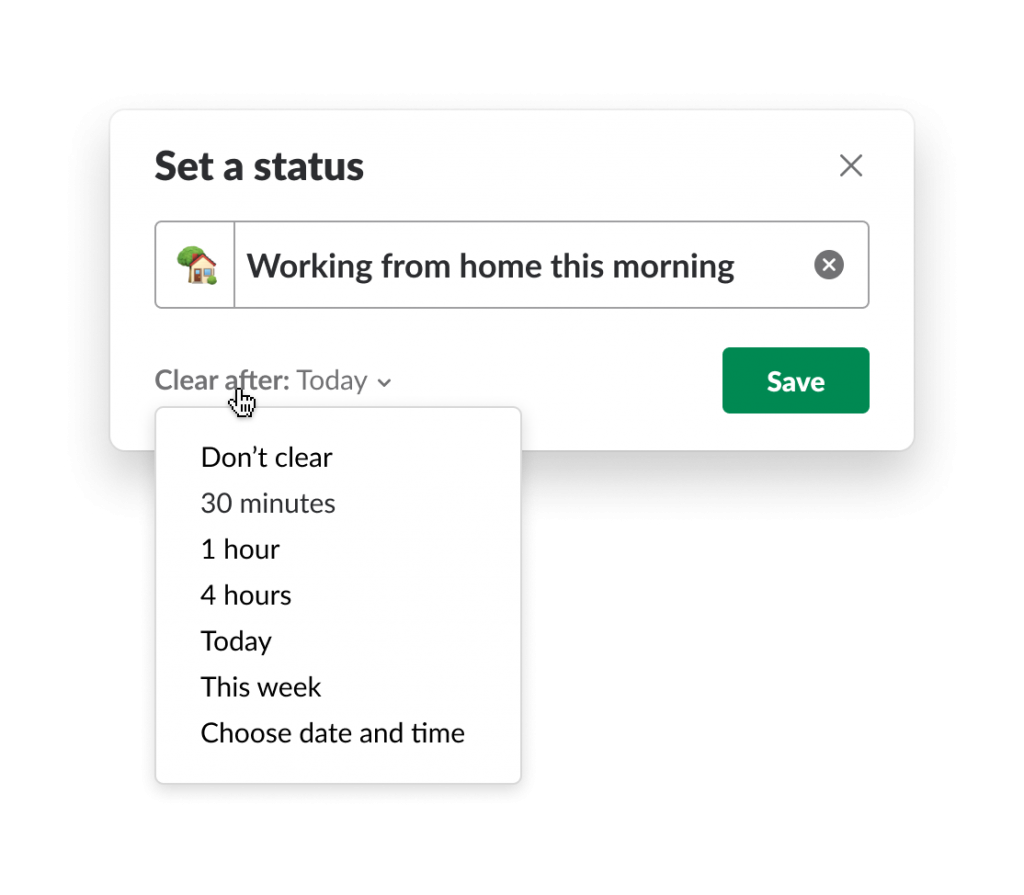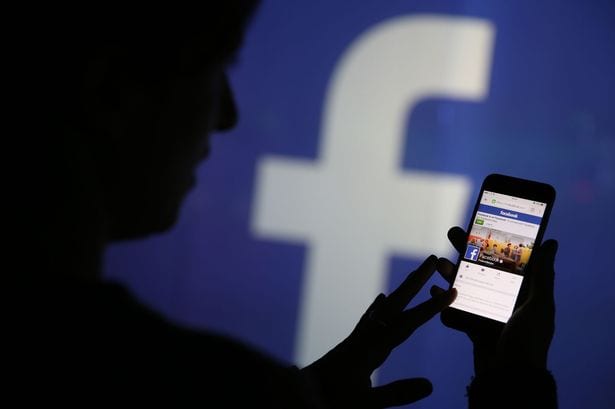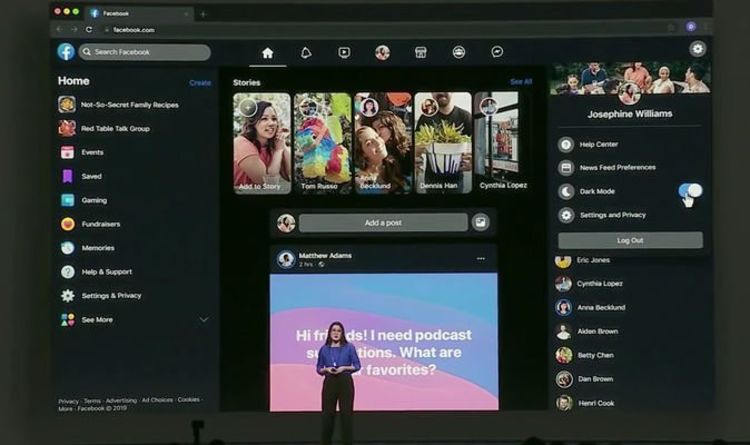Qualcomm Newest Backer for Ambani-led Reliance Jio Group
Reliance has come out with quite a few big announcements in the past month or so. It is clear that the Mukesh-Ambani-led company is planning something huge this year. Recently, Qualcomm became the newest backer of Reliance Jio. Reports flooded in yesterday, stating that the high-profile company had bought into Ambani’s Reliance Jio Platform. Here’s a look at everything you need to know about this new investment, and what it means for Reliance.
Investments in JIO
Over the past 12 weeks, Reliance JIO raised over $15.7 billion from a plethora of investors. As per reports, Qualcomm will be putting in $97 million into Reliance Jio for a 0.15% equity stake. Furthermore, the investment will occur on a fully diluted basis within the country’s biggest telecom operator. The statement outlined that Qualcomm would help Jio Platforms with their advanced 5G infrastructure, making things easier for their Indian customers. After Facebook buying a 9.99% stake for Rs 43,574 crore, Qualcomm is another large American company to invest in JIO. Headquartered in California, Qualcomm specialises in 4G and 5G technology enabling. Also, it files the highest number of patents in India, being a major player in the smartphone-chip space.
Reliance JIO Story
In India, Reliance Jio competes directly with Bharti Airtel and Vodafone Idea. However, since inception, it has come out as a potent disruptor, gaining market share rapidly due to great marketing, and incredible cut-rate plans. Over the course of four years, it has grown to almost 400 million subscribers, becoming the world’s second-largest internet player. Reliance JIO has dominated the Indian telecom market while keeping the metric of average revenue per user at par with rivals. The parent company of JIO, Reliance Industries is India’s highest-valued firm with several high-profile investors. JIO too has been raking up investors, of the likes of, Facebook, Intel and even General Atlantic. Through these investments, Jio Platforms has sold approximately 25% stake, as a means to raise more capital.
JIO Services
Reliance’s digital service units also features an array of digital services, such as streaming for music, movies, shows and TV and even sports. To the tally of services, it recently added a video conferencing application just earlier this month. As per Qualcomm’s Chief Executive Steve Mollenkopf, Jio Platforms is planning on delivering a new set of services to the Indian public in the months to come. He also stated that 5G will help revolutionise the Indian infrastructure, transforming every industry within the country. Since Jio has led India’s digital revolution via an array of technological capabilities, Qualcomm will do everything it can to further this revolution.
Political Reasons at Play
As per certain experts within the field, Mukesh Ambani’s closeness with BJP, which rules India, is helping make JIO all the more attractive. Due to this closeness, buying into JIO, might help them negotiate better regulations, and lower the burden they currently face within the country. However, most of these are obscure reports and speculation, as the investors do not want to publicly talk of their political connections. Furthermore, the global initiative to cut back on the reliance on China is also helping JIO get global backing. Both India and the US have been taking proactive steps to reduce their dependency on China. Just recently, India banned the use of over 58 Chinese applications and services, including TikTok. In line with this stand, Reliance JIO does not have any Chinese investor on-board.
Through a statement, Ambani expressed his joy over the collaboration, calling Qualcomm a valued partner. He also stated that the companies share a common vision of building a global digital network that allows everyone to benefit from the connectivity it provides. This is the thirteenth consecutive deal for JIO, making it the most extensive continuous fundraising by any company in the world. In comparison, India’s start-ups raised just around Rs 1.10 lakh crore last year, which was also its best year. Meanwhile, Reliance Industries has now raised Rs 118,318.45 crore from some of the world’s biggest tech-space investors.

Being a cinephile with a love for all things outdoorsy, Athulya never misses a chance to chase inspiring stories or poke fun at things, even when the subject is herself. Currently pursuing a degree in mechanical engineering, she is someone innately interested in technical and scientific research. Music reviews and op-eds define her as they allow her to explore different perspectives. Though sometimes she thinks she makes more sense playing the guitar than she does while writing.










